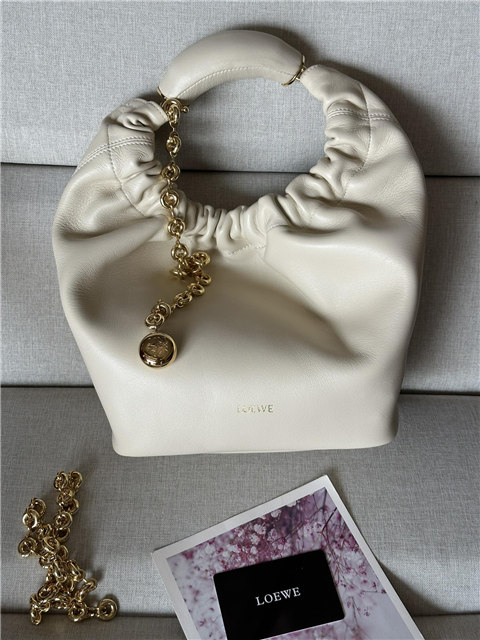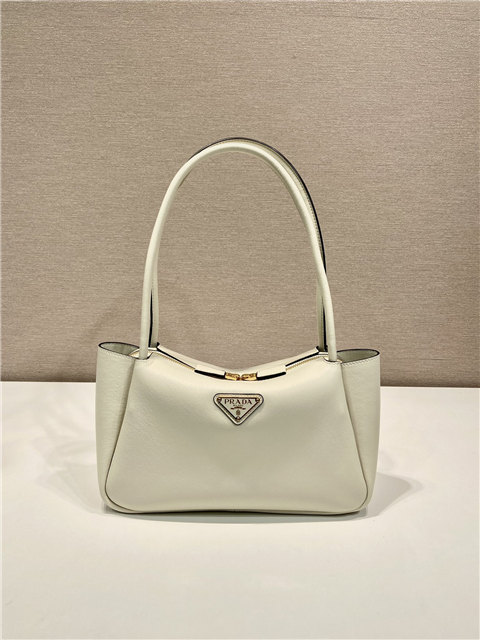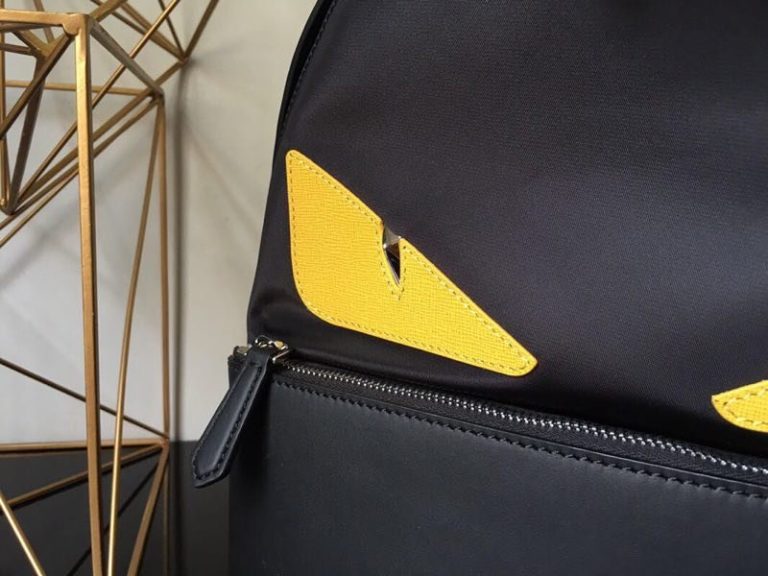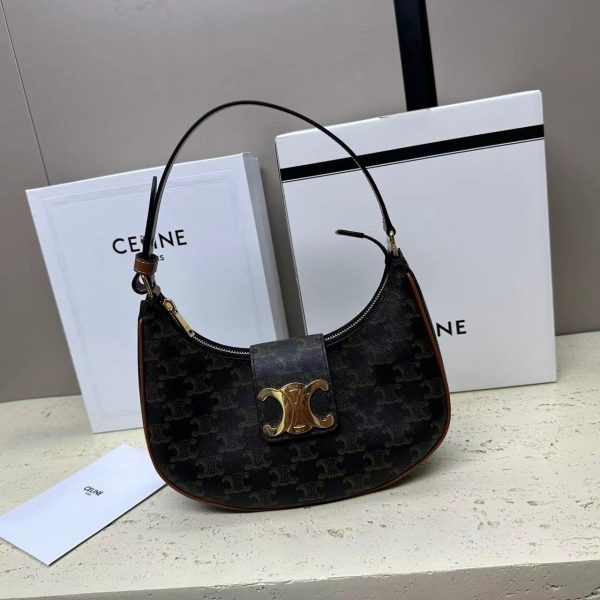First things first, don’t just rely on the price being suspiciously low. While a super cheap price tag IS a massive red flag, some of these fakers are getting clever and pricing them just below the real deal to reel you in. Sneaky, right?
The real tell-tale sign, in my humble opinion, is the movement. See, a real Barkers (assuming they’re using decent movements – and honestly, I haven’t personally dismantled one, but *should* be good), will have a proper, well-made mechanism inside. A fake? Probably some cheap, generic thing that probably sounds like a bag of spanners when you wind it. If you can see the movement (some watches have display backs), look for something that just screams “cheap.” You know, rough edges, dodgy finishing, that kinda thing. Basically, if it looks like it was made in a shed by a bloke named Dave who had a bit too much ale, it’s probably fake.
Now, serial numbers… these are supposed to be unique, like a fingerprint for your watch. BUT, and this is a big but, fakers are getting wise. They’re putting serial numbers on ’em. So, just seeing one isn’t enough. You gotta check if it’s actually supposed to be there! Maybe find a Barkers forum online (if one exists, lol) and ask if anyone knows the serial number format for that specific model. Or, you know, risk it and take it to a watchmaker. Be prepared for them to laugh in your face if it’s a screamingly obvious fake, though. Just sayin’.
Another thing, and this is where my eyes glaze over ’cause I’m not exactly Sherlock Holmes, is the detail. Look CLOSELY. Like, REALLY closely. Are the logos crisp and clear, or are they a bit wonky? Is the font consistent? Is the spacing between letters right? Fakers often cut corners on these tiny details. It’s like, they figure most people won’t notice. And honestly, most people probably *don’t*. I’d probabably miss it, if I’m honest. Maybe.
























































